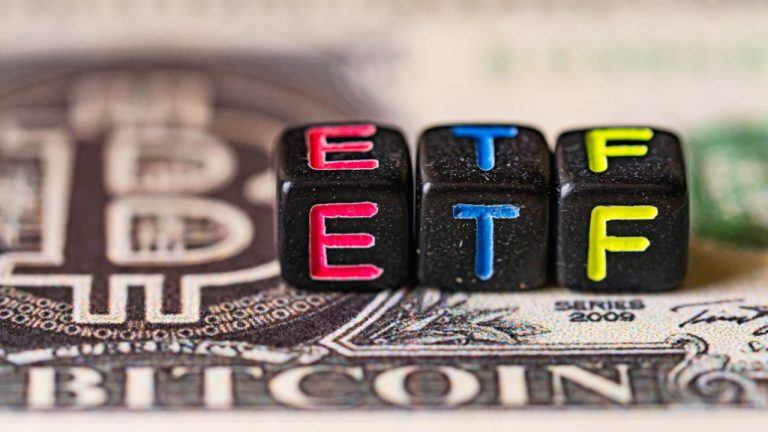
Coinbase has marked its third consecutive quarter in the black, with its net revenue and trading volumes jumping 108% and 145%, respectively, from the prior year.
Coinbase shares rose 3.2% after hours following its latest Q2 results filing — reporting $1.4 billion in revenue in Q2 along with a hefty year-on-year increase in crypto trading volumes.
The crypto exchange reported $266 million in consumer and institutional trading volumes, up from the prior year period and in line with analyst estimates, though it was a considerable drop from the $312 billion reported in Q1.
When it came to revenue, Coinbase gained the most ground from subscription and services revenue, which includes stablecoin revenue, blockchain rewards and fees. This marked a 17% increase from Q1 and nearly doubling from Q2 2023.























